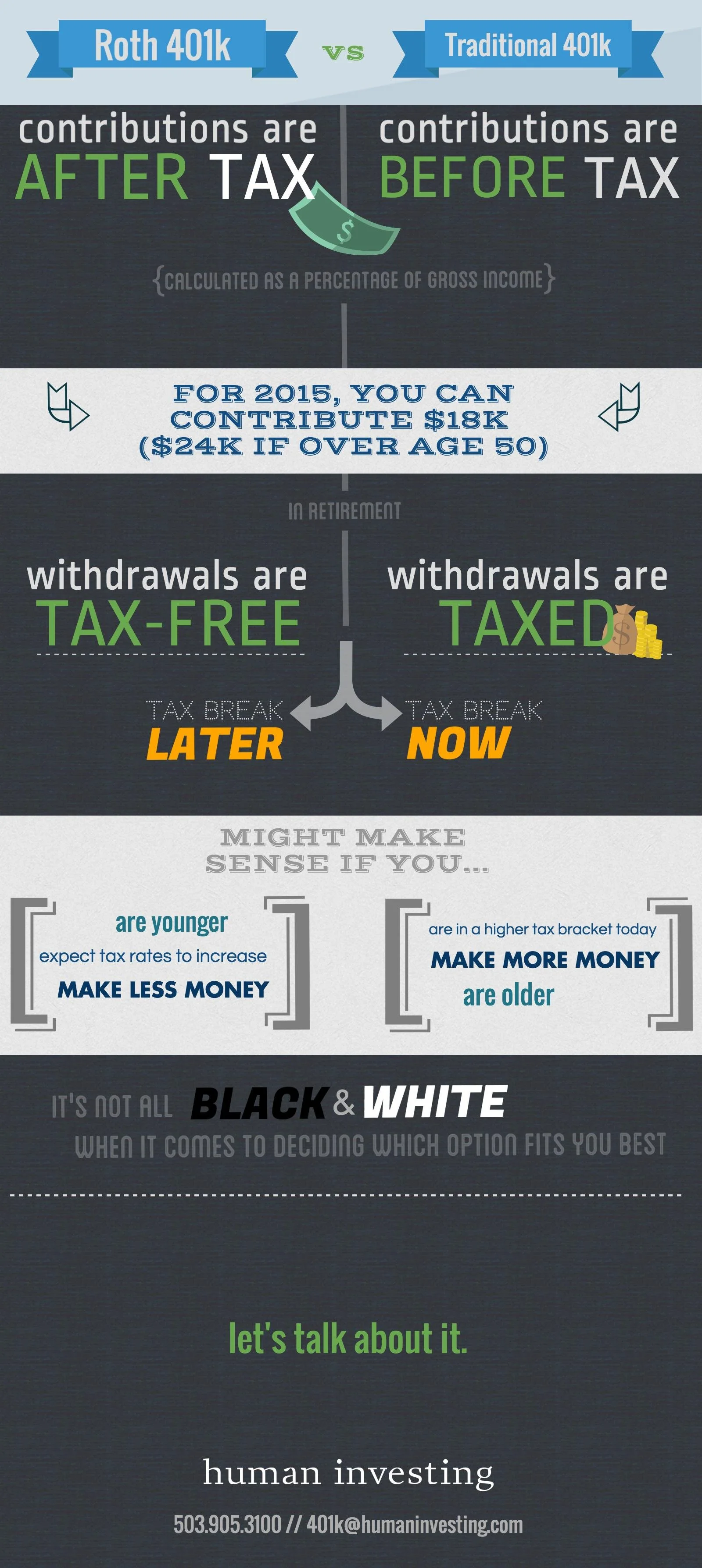Chances are you drink coffee. I know I do...almost every day. It’s a habit that gets a hold of us somewhere early in our careers and it’s a hard one to kick. In fact, according to the Harvard School of Public Health, 54% of Americans over the age of 18 are coffee drinkers…that’s about 131 million people. According to the same study, Americans spend about $40 billion a year on coffee. That’ll wake you up! (horrible pun, I know). And I bet that if you’re reading this blog article, that means that you most likely fall into the demographic of “coffee drinker”…responsible, working, informed adult…those characteristics generally equal “coffee drinker”.
The Cost Today
So what does our coffee habit cost us? For this exercise, let’s assume that we buy one cup of coffee per working day and that (coffee/americano/latte/mocha [insert drink of choice here]) costs us $2.50, but really it’s $3 because we tip the friendly barista who conveniently works somewhere along the path of our morning commute. Let’s also throw in one weekend coffee for good measure. Do the math and that’s $18 per week, roughly $78 per month and $936 a year. So to answer the question “how much does our coffee habit cost us?”… on average about $1,000 per year.
The Real Cost
But if we dive a little deeper, how much is our coffee habit really costing us? To answer this, we need to think more long-term beyond our initial caffeine cravings. There’s a term we use in finance called “Opportunity Cost” that refers to the potential value of our money if we use it in a different way. So instead of buying coffee, what if we took that $1,000 per year and applied it to our long-term retirement savings? Exciting, I know.
Investing your coffee money for retirement: Let’s assume we’re 40 years old and will work until we're 65 years old, in other words, we have 25 years left until retirement. Let’s also assume that the $1,000 per year of forgone coffee is invested in our 401k account in a way that averages an annual growth rate of 9% per year. That 9% rate of return per year is an average of course, since the stock market is variable from year-to-year and is certainly unpredictable in the short-term. With that being said 9% per year is a fair average if you’re invested in stocks for 25 years.
Summary: 25 years, $1,000 per year, invested in a way to receive 9% per year (primarily US stocks)
At 65, our coffee money will be worth about $85,000. That means that our coffee habit is really costing us about $60,000 ($85,000 minus $25,000). To make it more impactful, the actual cost of a cup of coffee today is not $3…it’s almost $11 ($85,000 divided by 312 cups per year). That means that every cup of coffee you buy today could cost you almost 3 times what you think it does. That better be a good cup of coffee.
Lastly, factor in a matching contribution from your company and your $85,000 could be worth up to $130,000. Still using a cup of coffee as our currency, that is $16 per cup!
How to Respond
Since we now know our coffee is really costing us $11 or $16 per cup, we’re giving up a lot down the road to feed our habit today. I’m not suggesting to change a coffee habit, but rather a spending habit
The video below outlines a few tips I’ve learned over the years to make a great cup of coffee at home and still capture the morning glory that a cup of coffee brings without the cost of a coffee shop.
Disclaimer: I’m neither a barista nor an actor so bear with me and enjoy!
https://www.youtube.com/watch?v=i7Dsy4-ZqZk
French Press instructions:
Find a local coffee brewer and buy a 16oz bag of their coffee beans pre-ground to French Press (coarse grind)
Make sure you have a french press maker on hand. If you love coffee, this should be a mainstay in your morning routine.
Put about a half of an inch to an inch high's worth of your local course ground coffee into the bottom of the french press beacon
Using your tea pot, bring about 30 ounces or more of water to a boil on your stove top
Once the water has come to a boil, remove the tea pot from the oven burner and let it rest for about 30 seconds
Once the water has rested and come down from the boil, pour it into the French Press beacon making sure you douse all of the coffee grounds as you pour it in. Pour the water to the top of the French Press, or the desired amount of coffee.
Stir (aggravate) the grounds/water with a spoon
Put the French Press Plunger on top to hold in heat and let it sit for 4 to 5 minutes
Once 4 or 5 minutes have passed, slowly press the Plunger to the bottom of the French Press Beacon.
Pour into your favorite coffee mug and enjoy the amazing flavors that you won't get from Starbucks.
Insert $16 into your 401k account and invest accordingly.
Contact Human Investing with any questions about your investments or savings rates. Or how to make a great cup of coffee.




































